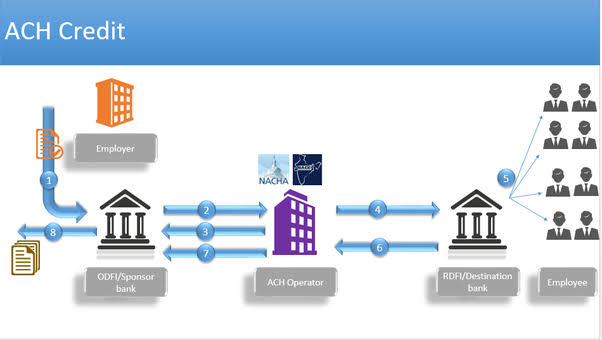History of RBI - The Reserve Bank of India - Banking Exam Notes
 |
History of RBI
The genesis of Reserve Bank of India (RBI) started in 1926 when the Hilton-Young Commission or the Royal Commission on Indian Currency and Finance made a recommendation to the British Government of India for creation of a central bank. The chief objective of such recommendation was twofold:- To separate the control of currency and credit from the government
- To augment banking facilities throughout the country.
To give effect to above recommendations, a bill was introduced in Legislative Assembly in 1927 but this bill was withdrawn because various sections of the people were not in agreement.
The recommendation to create a reserve bank was made by White Paper on Indian Constitutional Reforms. Thus, a fresh bill was introduced and was enacted in 1935.
Thus, Reserve Bank of India was established via the RBI Act of 1934 as the banker to the central government. RBI launched its operations from April 1, 1935. Its headquarters were in Kolkata in the beginning, but it was shifted to Shahid Bhagat Singh Marg, Mumbai in 1937.
Prior to the establishment of RBI, the functions of a central bank were virtually being done by the Imperial Bank of India, which was established in 1921 by merging three Presidency banks. It was mainly a commercial bank but also served as banker to the government to some extent.
It’s worth note that RBI started as a privately owned bank. It started with a Share Capital of Rs. 5 Crore, divided into shares of Rs. 100 each fully paid up. In the beginning, this entire capital was owned by private shareholders. Out of this Rs. 5 Crore, the amount of Rs. 4,97,8000 was subscribed by the private shareholders while Rs. 2,20,000 was subscribed by the central government.
After independence, the government passed Reserve Bank (Transfer to Public Ownership) Act, 1948 and took over RBI from private shareholders after paying appropriate compensation. Thus, nationalization of RBI took place in 1949 and from January 1, 1949, RBI started working as a government-owned central bank of India.
The Reserve Bank of India was constituted to
* Regulate the issue of banknotes
* Maintain reserves with a view to securing monetary stability and
* To operate the credit and currency system of the country to its advantage.
Some Points to Remember
- The financial year of RBI is from 1 July to 30 June.
- RBI is responsible only for printing the currency notes. Minting of coins is done by the Government of India.
- The first woman to become the deputy governor of RBI is K. J. Udeshi. She was appointed in 2003.
- RBI demonetized notes in the denominations of five thousand rupees (Rs. 5,000) and ten thousand rupees (Rs. 10,000) in 1938. They were reintroduced in 1954 and again demonetized in 1978. RBI can print these notes according to the RBI act of 1934.
- RBI was also the central bank for two other countries. It played the role of Central Bank of Pakistan till June 1948 and the Central Bank of Burma ( Myanmar) till April 1947.
- RBI does not have second class employees. It has 17000 Class I, Class III & Class IV employees.
- Manmohan Singh is the only Prime Minister to have also served as the Governor of RBI.
- The first Indian to hold the position of the Governor of RBI was Mr. C.D. Deshmukh. He was the third governor of RBI.
- RBI has 29 offices in India which are mostly located in the state capitals.
- RBI runs a Monetary Museum in the premises of the Mumbai head office.
- In 2006, Reserve Bank of India was empowered to regulate the money, forex, G-Sec, and Gold related security markets.
- In 2007, Reserve bank of India was empowered to regulate the Payment systems.
- In 2008-09, the world under the grip of Global Financial Slowdown, RBI Proactive.


Comments
Post a Comment